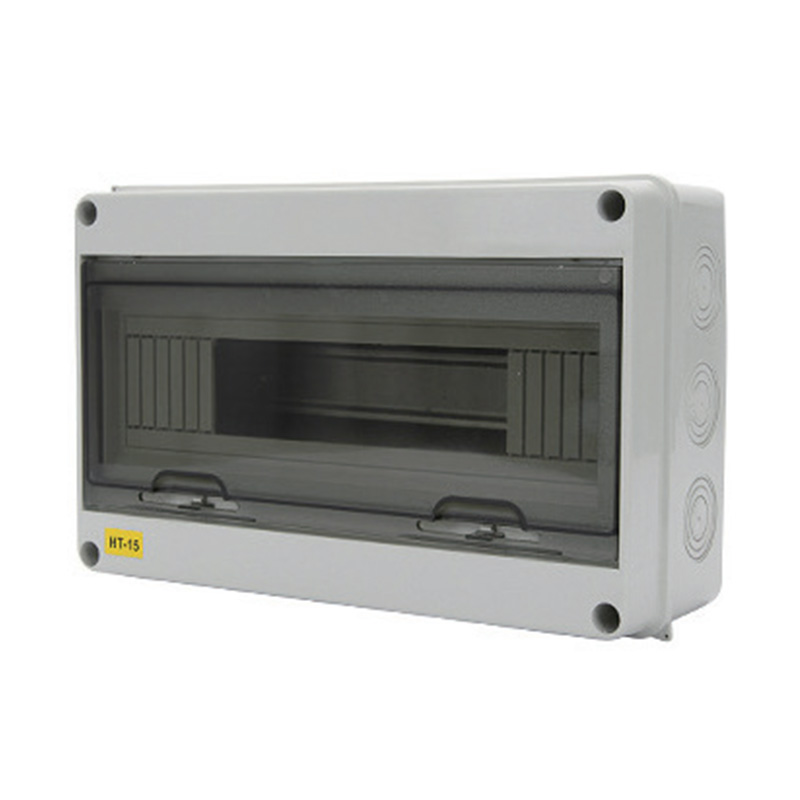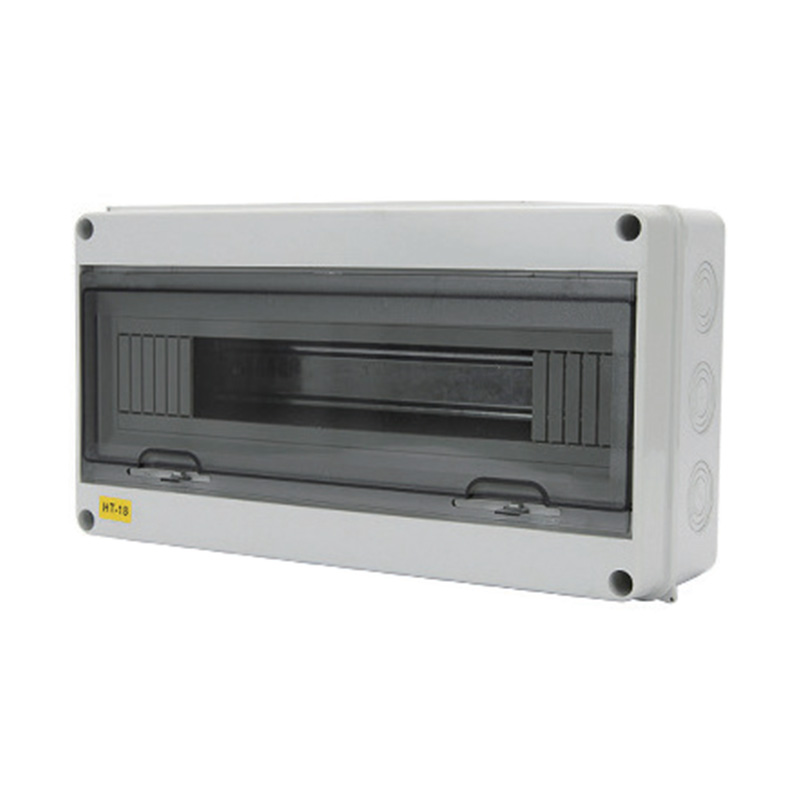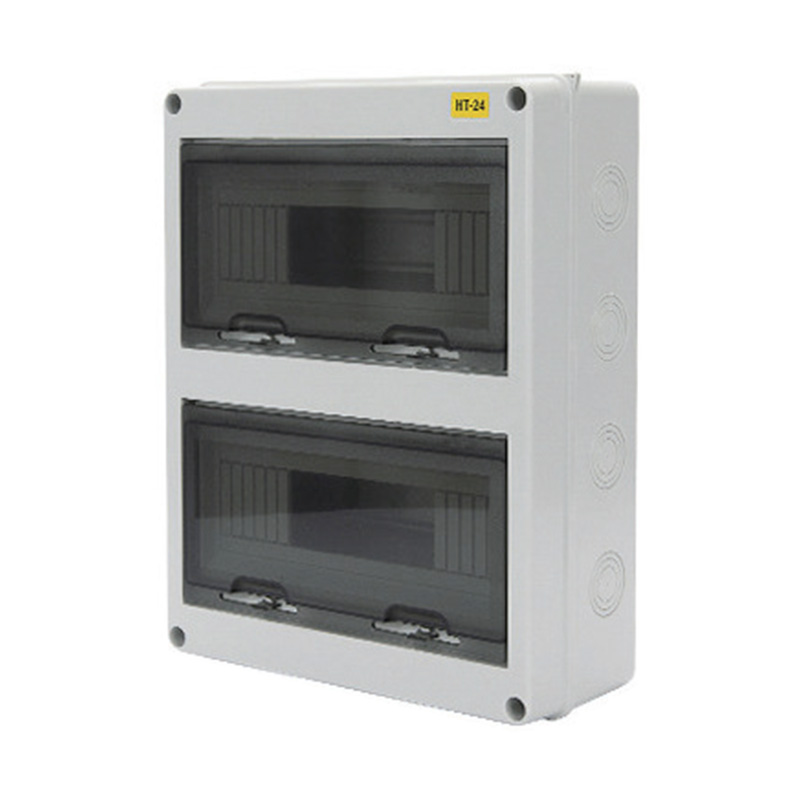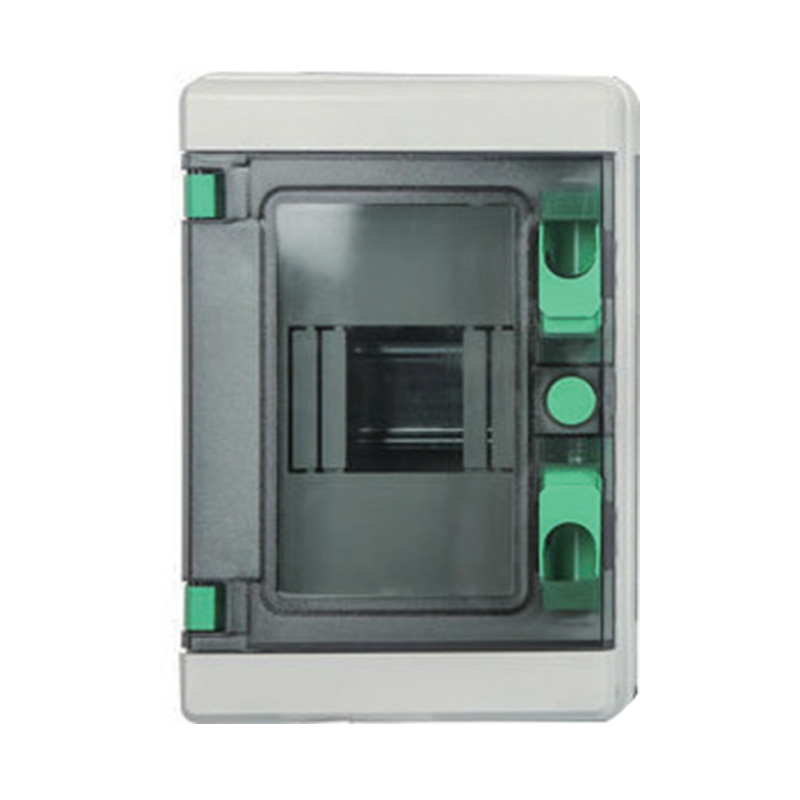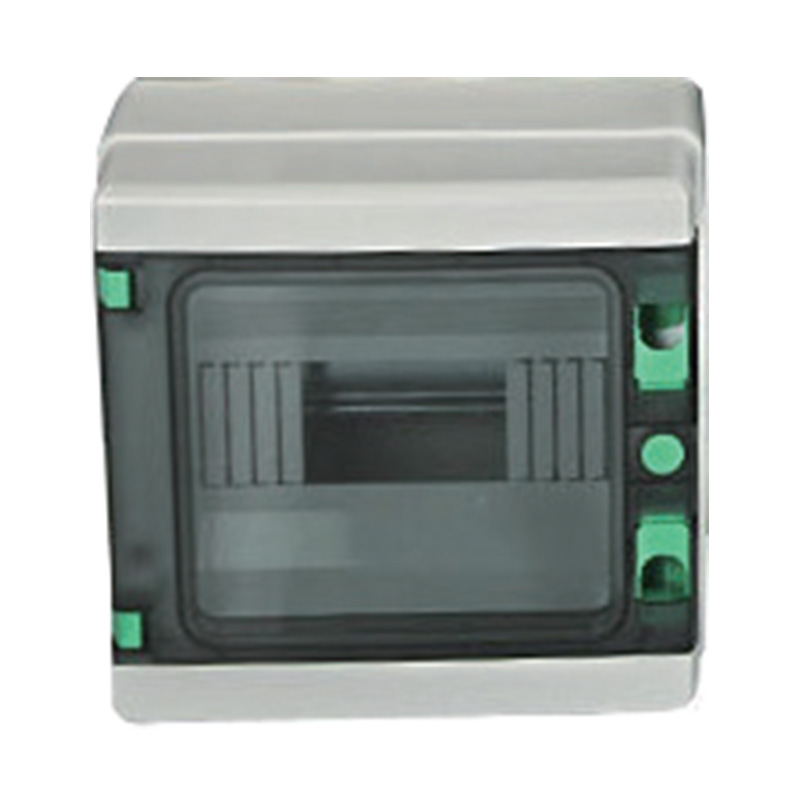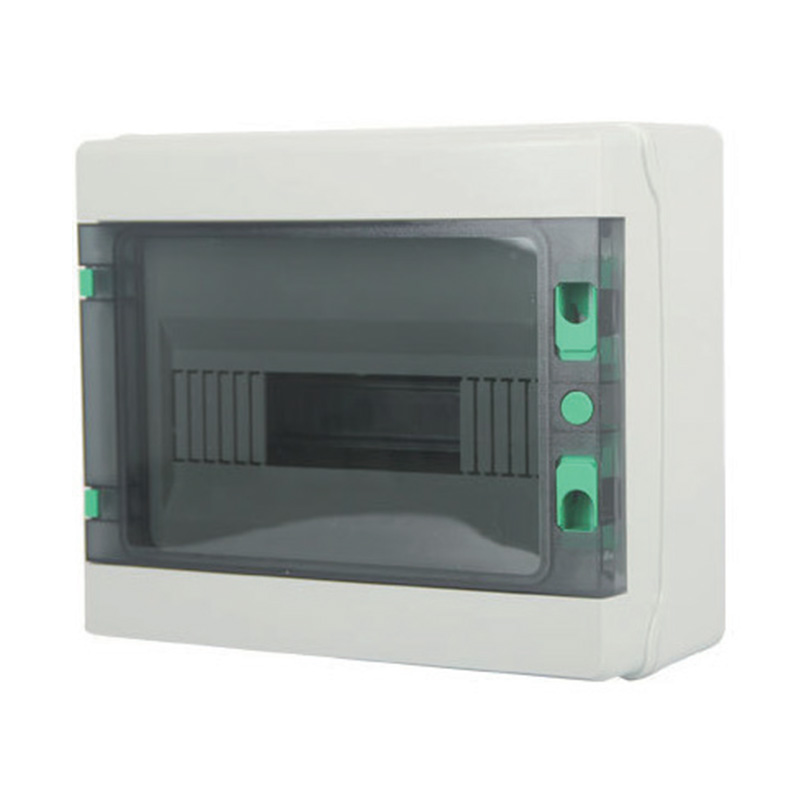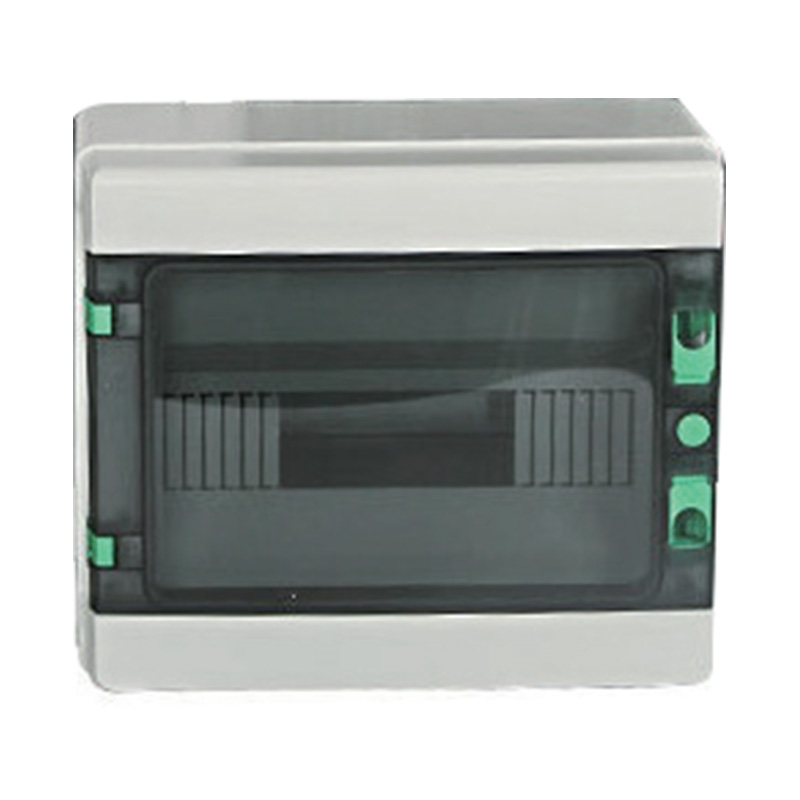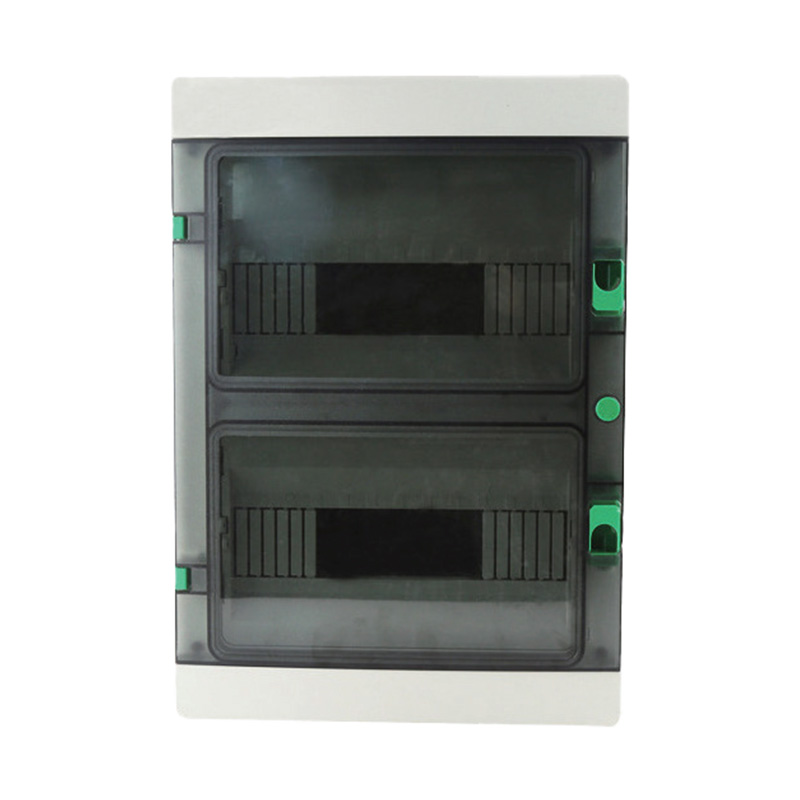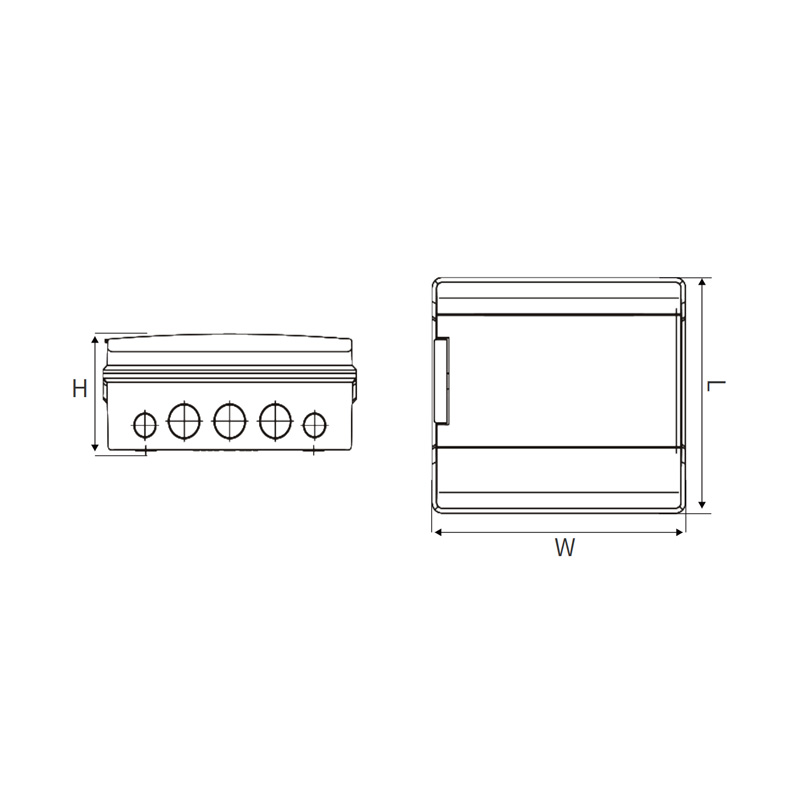Understanding and selecting the correct IP rating is essential when choosing a Waterproof Junction Box or Waterproof Distribution Box. It ensures safety, reliability, and long-term...
READ MORE-
-
Outdoor electrical installations face unique challenges that require specialized components to ensure their reliability and safety. Among the more important components are metal ca...
READ MORE -
Durability is a key factor when designing and maintaining electrical systems. With so many environmental challenges that electrical installations face—such as excessive temperature...
READ MORE -
Safety compliance is not just about adhering to regulations; it’s about protecting people, equipment, and infrastructure from the risks of electrical hazards. Electrical fires, sho...
READ MORE
Industry Knowledge Extension
Do You Understand the Development of Waterproof Distribution Box?
The waterproof distribution box is a key component in electrical systems, especially in environments exposed to water, dust, or harsh weather. Its development has gone through different stages, reflecting both technological innovation and safety demands. The evolution can be understood in three main points:
Early Stage: Basic Protective Function
In its earliest form, the waterproof distribution box focused only on providing simple protection for electrical connections. At that time, metal enclosures were the common choice. They offered a solid shell that prevented direct contact with wiring but lacked advanced sealing. The limitations were clear—basic enclosures could not effectively stop moisture or dust from entering, which reduced reliability in outdoor installations. This stage reflected the initial awareness of electrical safety but had obvious shortcomings in long-term durability.
Middle Stage: Improvement in Sealing and Durability
With the increasing use of electrical systems in outdoor projects such as street lighting and communication equipment, manufacturers began to improve the waterproof function of distribution boxes. Rubber gaskets, silicone linings, and snap-fit covers were introduced to reduce water intrusion. In addition, ABS plastic and polycarbonate became popular materials because they were lightweight, resistant to corrosion, and could be molded into compact shapes. These improvements marked a big leap forward in usability, making waterproof distribution boxes more reliable for various residential and industrial applications.
Modern Stage: Intelligent and Standardized Design
Today's waterproof distribution boxes have developed beyond basic protection. Modern designs include transparent covers for easy inspection, modular structures for flexible installation, and advanced sealing that achieves IP65, IP66, or even higher standards. Many models now integrate smart features, allowing compatibility with monitoring devices or communication systems. The development reflects a shift from simply “protecting” to offering a comprehensive solution that enhances safety, reliability, and ease of maintenance in complex electrical environments.
What are key points of Circuit Breaker Distribution Box Electrical
The circuit breaker distribution box is another essential element in modern electrical systems. It not only houses the breakers but also ensures that power distribution is safe, efficient, and easy to manage. The functions of a circuit breaker distribution box can be divided into three key points:
1. Overload and Short-Circuit Protection
The important role of a circuit breaker distribution box is to safeguard electrical circuits against overloads and short circuits. When current exceeds a safe limit, the circuit breaker trips, cutting off power instantly. This automatic function prevents overheating, protects equipment, and reduces the risk of electrical fires. Without a properly designed distribution box, electrical systems would face significant hazards in both residential and industrial settings.
2. Safe and Organized Power Distribution
In addition to protection, the circuit breaker distribution box ensures that electricity is distributed in an organized manner. Each circuit in a building—such as lighting, air conditioning, or machinery—can be assigned its own breaker. This structure not only enhances system stability but also makes troubleshooting easier. If a problem occurs in one part of the system, only the affected breaker trips, leaving the rest of the system operational. This organized distribution is essential for efficiency in homes, offices, and factories.
3. Practical Installation and Easy Maintenance
Modern circuit breaker distribution boxes are designed with user convenience in mind. Features such as hinged covers, labeled breaker slots, and modular components make installation straightforward. Electricians can quickly identify circuits, perform maintenance, or upgrade components without disrupting the entire system. Some boxes even come with transparent windows, allowing visual inspection of breaker positions without opening the enclosure. This practical approach not only saves time but also improves safety during regular maintenance tasks.


 English
English 中文简体
中文简体 Español
Español عربى
عربى

